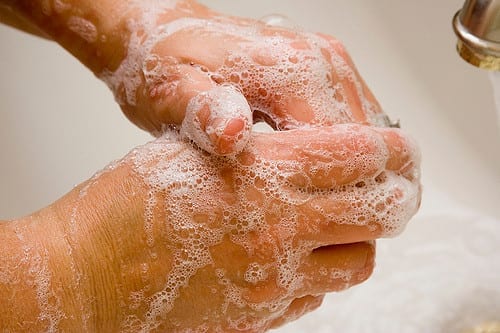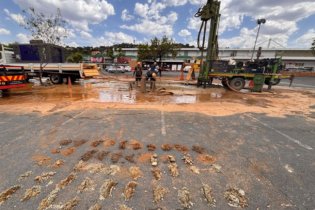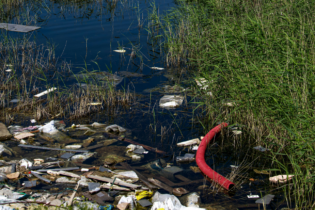
Water and sanitation remains a focal point that requires lots of attention and investment throughout Africa. The non-profit organisation WASH (Water, Sanitation and Hygiene) which was developed in 2009 is working towards ending the global sanitation and hygiene crisis.
Data showing the official statistics for international aid in 2015 was released in a report done by the Organisation for Economic Cooperation and Development (OECD). The data tracked financial flows to countries in the global south for over 50 years, with special attention paid to official development assistance (ODA).
One area of focus in particular was whether WASH funding received from ODA was going where it was needed most.
What is ODA?
ODA (official development assistance) includes official grants or loans made to developing countries (or multilateral agencies,) which promote economic development and welfare, and are provided at concessional financial terms.
International aid – the figures
Stuart Kempster, a policy analyst for WaterAid in the United Kingdom, analysed the data. International aid in 2015 totalled $131,4 billion, a rise of 6,6% from 2014. However, the report noted that much of this increase was as a result of the increased spending of aid within donor countries.
Who provides ODA and where is it going?
The report indicated that the top five donors in 2015 were the United States ($31 billion), United Kingdom ($19 billion), Germany ($18 billion), Japan ($9 billion) and France ($9 billion).
The largest recipients of ODA were Syria ($4.9 billion), Afghanistan ($4.3 billion), Pakistan ($3.8 billion), Ethiopia ($3.2 billion), and India ($3.2 billion).
The total volume of aid directed to the group of Least Developed Countries (LDCs) increased slightly to $43 billion, however these countries saw their share of overall aid fall by 1,6%.
Forty-two percent of the world’s population is currently without access to improved drinking water. This 42% live in the LDCs. “The downward trend in their share of ODA is worrying and needs to be reversed,” Kempster said.
WASH not top priority for donors
Kempster said that not much had changed when it came to WASH not being a top priority for international aid donors. The total ODA received for WASH in 2015 was $5 billion – a slight increase of 0,2% on 2014’s figures.
The top donors to WASH, by volume, were Japan, Germany, France, United States, and United Kingdom.
“WASH still doesn’t seem to be a top priority for donors, only accounting for an average of 3% of countries’ ODA,” Kempster said.
He added that there was also quite a lot of continuity in the countries receiving the greatest share of WASH finance. These included India, Vietnam, Morocco, Jordan, Ethiopia, China, Bangladesh and Iraq all appear in the top 10 in both 2014 and 2015.
Is WASH funding going where it is most needed?
Kempster said this has “not really” been happening. Last year WASHwatch released its top ten countries in need of WASH financing to encourage a better targeting of financial flows. The methodology used to select the ‘top ten’ looked at current levels of WASH access, population levels, health impacts, and historical rates of progress.
In 2015 these countries continued to feature very lowly in the global rankings of WASH-related ODA received.
| WASHwatch top ten countries in need of WASH finance |
WASH ODA received (USD) |
Absolute ranking |
Per capita ranking |
| Chad |
29 million |
47th |
61st |
| DRC |
66 million |
25th |
84th |
| Kenya |
83 million |
18th |
67th |
| Madagascar |
9.3 million |
70th |
99th |
| Mozambique |
43 million |
38th |
69th |
| Niger |
63 million |
26th |
46th |
| Nigeria |
74 million |
22nd |
97th |
| Uganda |
78 million |
20th |
63rd |
| Tanzania |
112 million |
11th |
60th |
| Zimbabwe |
20 million |
57th |
74th |
What’s next?
Kempster said “2017 looks set to be another year of economic uncertainty, with stagnant global trade, subdued investment, and heightened policy uncertainty. Against this backdrop, it is likely that there will be further pressure on domestic budgets and international aid will continue to be a contentious political issue.”
He added that “despite the concurrent emergence of numerous ‘nationalist’ responses to this economic adversity, it is becoming ever more apparent that many of the world’s greatest challenges are cross-border by nature.
“There are many international public goods for which the economic and moral justification for international public finance is strong. It is time to reframe the way we talk about ODA, no longer as charity or aid, but as vital public finance to achieve vital public goods,” Kempster concluded.









